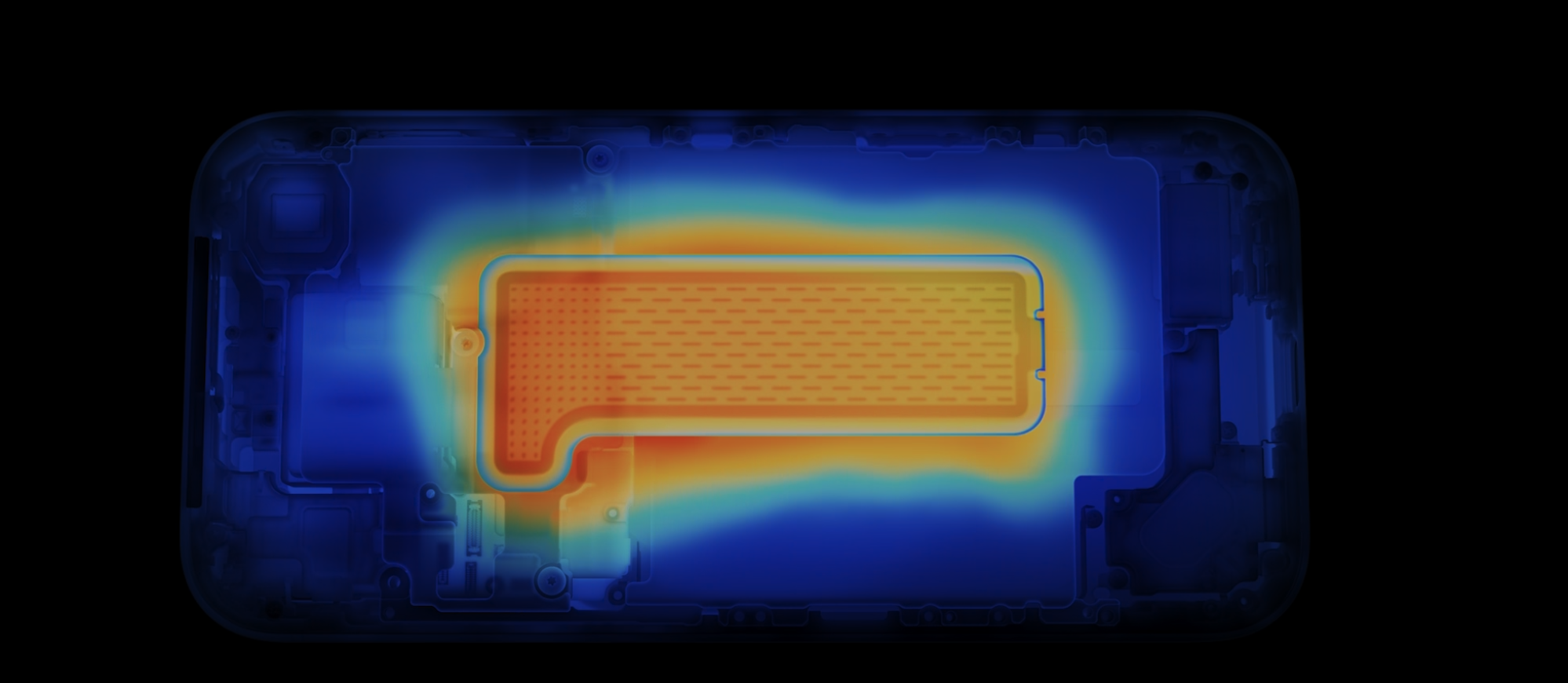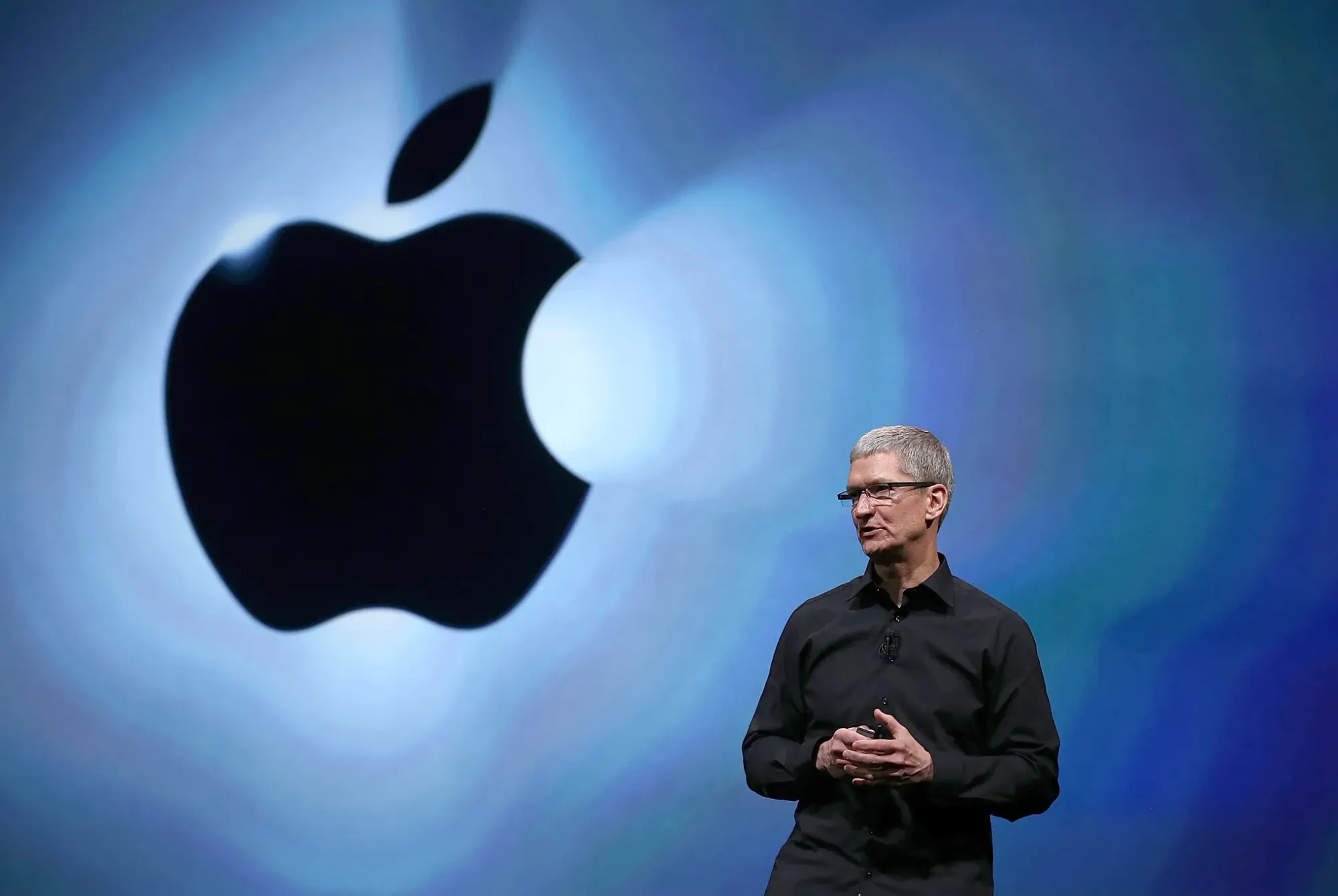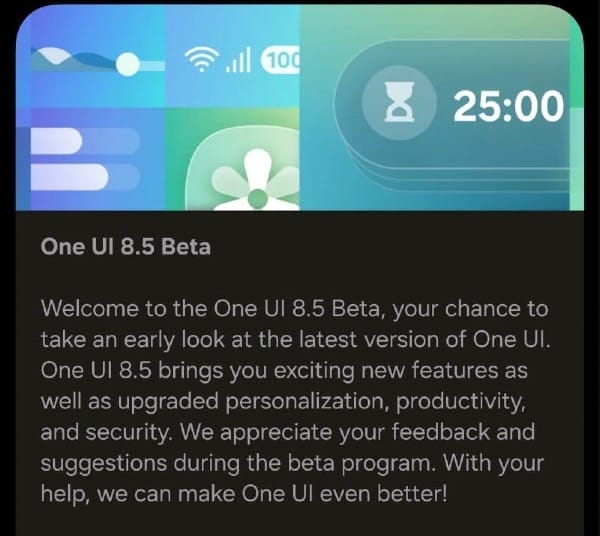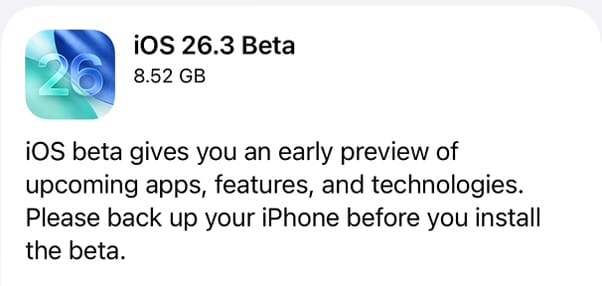Apple’s iPhone 17 Pro and iPhone 17 Pro Max, announced on September 9, 2025, mark a significant evolution in smartphone engineering. With a focus on performance and thermal management, these devices introduce a groundbreaking vapor chamber cooling system, the powerful A19 Pro chip, and the all-new N1 wireless networking chip. These advancements, combined with a reengineered aluminum unibody and enhanced battery life, position the iPhone 17 Pro lineup as Apple’s most capable smartphones yet.
Vapor Chamber Cooling: A Thermal Revolution
How It Works

The iPhone 17 Pro and Pro Max are the first iPhones to incorporate a vapor chamber cooling system, a significant departure from the graphite sheets and passive metal frames used in previous models like the iPhone 16 Pro. This system consists of a thin, sealed copper chamber filled with a small amount of deionized water. When the A19 Pro chip generates heat during intensive tasks, the liquid evaporates, absorbing heat and turning into vapor. This vapor spreads across the chamber’s large surface area, transferring heat away from the chip. As it cools, the vapor condenses back into liquid, cycling through a wick structure to repeat the process. This phase-change mechanism is far more efficient than traditional heatsinks, which absorb heat until saturated and rely on passive dissipation.
The vapor chamber is laser-welded into the aerospace-grade 7000-series aluminum unibody, which acts as a thermally conductive sink to distribute heat evenly across the device. This hybrid cooling approach—combining the vapor chamber with the aluminum chassis—ensures that heat is not only managed internally but also released into the ambient air, reducing peak temperatures and preventing thermal throttling.
Why It’s a Game-Changer
The vapor chamber addresses a long-standing challenge in smartphones: maintaining performance under sustained high loads. Tasks like 8K video recording, high-frame-rate gaming, or on-device AI processing (such as Apple Intelligence’s generative models) generate significant heat, which can force chips to throttle performance to avoid damage. The iPhone 17 Pro’s vapor chamber allows the A19 Pro chip to operate at peak performance for longer periods, delivering up to 40% better sustained performance compared to the A18 Pro. This is particularly evident in scenarios like playing graphically intensive games like Arknights: Endfield or editing ProRes RAW video, where previous iPhones might slow down or become uncomfortably warm.
Unlike the graphite-based cooling in the iPhone 16 Pro, which could struggle under prolonged loads, the vapor chamber’s ability to spread heat over a larger area reduces hot spots and keeps the device comfortable to hold. Early leaks suggested the chamber’s copper plate features microchannel patterns, covering not just the processor but also adjacent components like memory modules, ensuring comprehensive thermal management. This aligns the iPhone 17 Pro with premium Android devices like the Samsung Galaxy S25 Ultra, which have used vapor chambers to support gaming and computational photography.
Challenges and Trade-Offs
While the vapor chamber is a leap forward, its effectiveness depends on system-level integration. If heat dissipation to the ambient air is insufficient, the device could still warm up under extreme conditions, such as direct sunlight. Unlike active cooling solutions (e.g., fans), the vapor chamber is passive, relying on the aluminum unibody to release heat. This makes it less effective in high-ambient-temperature environments, but Apple’s design mitigates this by optimizing the chassis for thermal conductivity. Additionally, the vapor chamber is exclusive to the Pro and Pro Max models, likely due to their larger internal space and higher thermal demands from the A19 Pro chip, while the standard iPhone 17 and iPhone 17 Air rely on traditional cooling methods.
A19 Pro Chip: Power and Efficiency Redefined
Architecture and Performance
The A19 Pro chip, built on TSMC’s third-generation 3nm process (N3P), is Apple’s most advanced iPhone processor to date. It features a 6-core CPU, the fastest in any smartphone, and a 6-core GPU with Neural Accelerators integrated into each core. Compared to the A18 Pro, the A19 Pro offers a larger cache, more memory, and a 5% performance boost at the same power level, thanks to the N3P process. The chip delivers up to 40% better sustained performance when paired with the vapor chamber, enabling “MacBook-level processing power” for tasks like video editing, gaming, and AI processing.
The 16-core Neural Engine is optimized for Apple Intelligence, supporting on-device execution of large language models and generative AI tasks. This is critical for features like Live Translation and visual intelligence, which require significant computational power. The GPU’s Neural Accelerators also enhance hardware-accelerated ray tracing, enabling console-quality graphics in games like Arknights: Endfield, set to launch in early 2026.
Impact on User Experience
The A19 Pro’s performance improvements are multiplicative when combined with the vapor chamber. By minimizing thermal throttling, the chip can maintain high clock speeds during demanding tasks, such as rendering 8K video or running augmented reality applications. For example, the iPhone 17 Pro Max’s rumored 12GB of RAM (a 50% increase over the iPhone 16 Pro Max) provides additional headroom for multitasking and neural effects, ensuring smooth performance during heavy workloads.
The chip’s efficiency also contributes to the iPhone 17 Pro Max’s best-ever battery life, with up to four additional hours of usage compared to the iPhone 15 Pro Max. This is achieved through the N3P process’s power optimizations and iOS 26’s advanced power management, allowing users to game, edit, or stream for longer without recharging.
Comparison to Non-Pro Models
Interestingly, the A19 Pro chip is also used in the ultra-slim iPhone 17 Air, but the lack of a vapor chamber in that model limits its sustained performance. The Pro models’ cooling advantage ensures they outperform the Air in prolonged high-load scenarios, reinforcing Apple’s strategy of differentiating Pro and non-Pro devices.
N1 Wireless Chip: Next-Generation Connectivity
Features and Capabilities
The iPhone 17 Pro introduces the N1, Apple’s first custom-designed wireless networking chip, supporting Wi-Fi 7, Bluetooth 6, and Thread. This chip replaces third-party wireless solutions, offering tighter integration with Apple’s ecosystem and improved performance for features like Personal Hotspot and AirDrop. Wi-Fi 7 delivers faster speeds and lower latency, ideal for streaming high-resolution content or transferring large files. Bluetooth 6 enhances range and reliability, while Thread support enables seamless integration with smart home devices, aligning with Apple’s HomeKit ecosystem.
Why It Stands Out
The N1 chip’s custom design allows Apple to optimize wireless performance for specific use cases. For example, AirDrop transfers are faster and more reliable, making it easier to share high-resolution photos or ProRes RAW videos. Personal Hotspot benefits from improved stability, ensuring consistent connectivity for tethered devices. Thread support positions the iPhone 17 Pro as a hub for smart home automation, enabling low-power, low-latency communication with devices like smart lights or thermostats.
Unlike the A19 Pro, which focuses on computational power, the N1 is about connectivity efficiency. Its integration with iOS 26 ensures a seamless experience, reducing latency and power consumption compared to previous iPhones. This is particularly valuable for users who rely on their iPhone as a primary connectivity hub, whether for work, gaming, or smart home control.
Additional Enhancements: Design and Battery
Aluminum Unibody and Battery Life
The iPhone 17 Pro’s heat-forged aluminum unibody is designed for thermal conductivity and durability, complementing the vapor chamber. A forged plateau on the back creates additional internal space, allowing for a larger battery. The iPhone 17 Pro Max achieves up to 39 hours of video playback in eSIM-only models, which repurpose the SIM tray space for extra battery capacity. Fast charging is also improved, with a 50% charge in 20 minutes using Apple’s 40W Dynamic Power Adapter.
Camera and Display Synergy
The A19 Pro and vapor chamber enable advanced camera features, such as 8K video recording and ProRes RAW, which generate significant heat. The 48MP Telephoto camera with 8x optical zoom and the 18MP Center Stage front camera rely on the chip’s Neural Engine for real-time processing, such as AI-driven group selfies and Dual Capture video. The Super Retina XDR displays (6.3-inch for Pro, 6.9-inch for Pro Max) reach 3000 nits of brightness, supported by the A19 Pro’s GPU for smooth 120Hz ProMotion and Always-On functionality.
Conclusion
The iPhone 17 Pro and Pro Max represent a technical leap forward, driven by the vapor chamber cooling system, A19 Pro chip, and N1 wireless chip. The vapor chamber ensures sustained performance by mitigating thermal throttling, allowing the A19 Pro to push the boundaries of gaming, AI, and video processing. The N1 chip enhances connectivity, making the iPhone a more reliable hub for wireless tasks. Together, these innovations—paired with a thermally optimized aluminum unibody and extended battery life—make the iPhone 17 Pro lineup a powerhouse for creators, gamers, and professionals. Apple’s focus on thermal management and custom silicon signals a shift toward prioritizing raw performance, closing the gap with Android flagships and setting the stage for future advancements.












Discussion